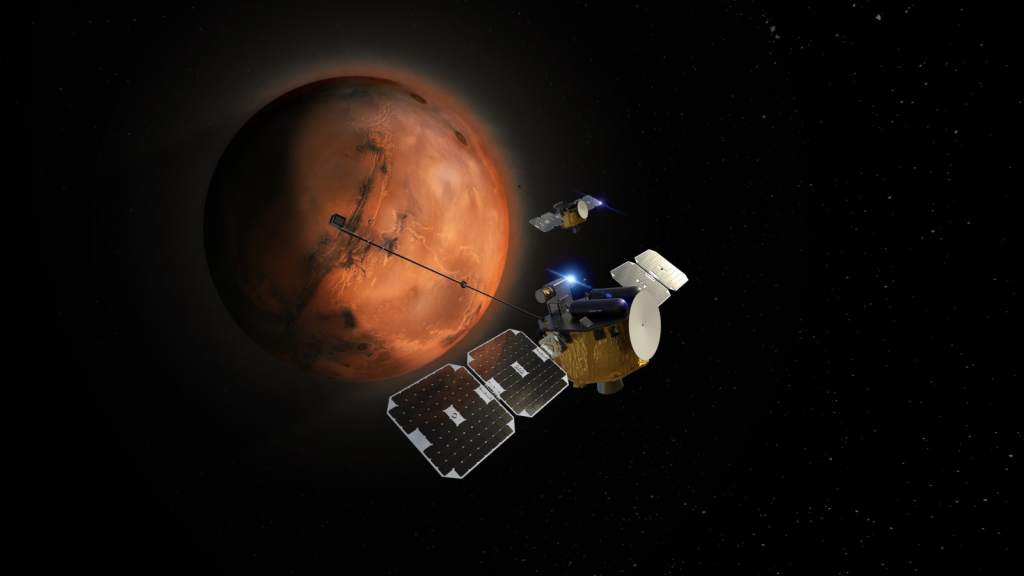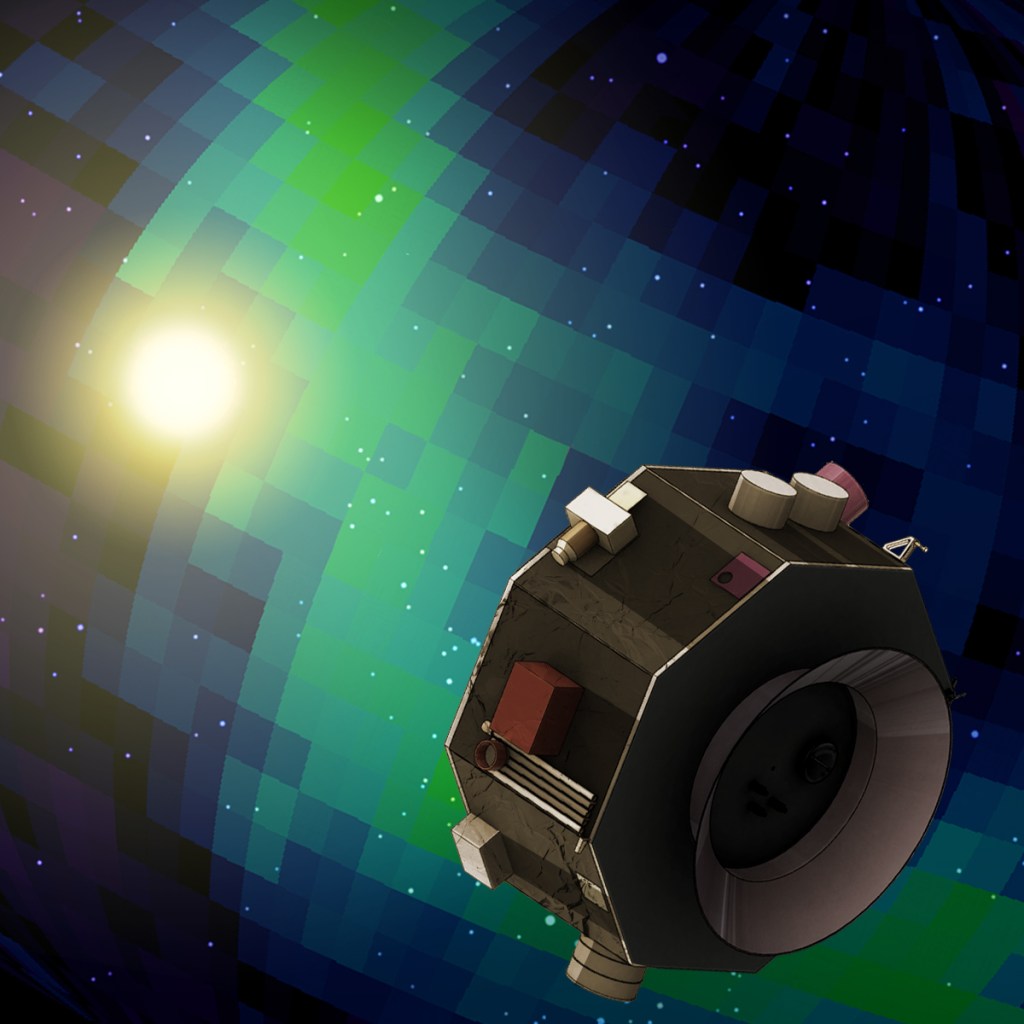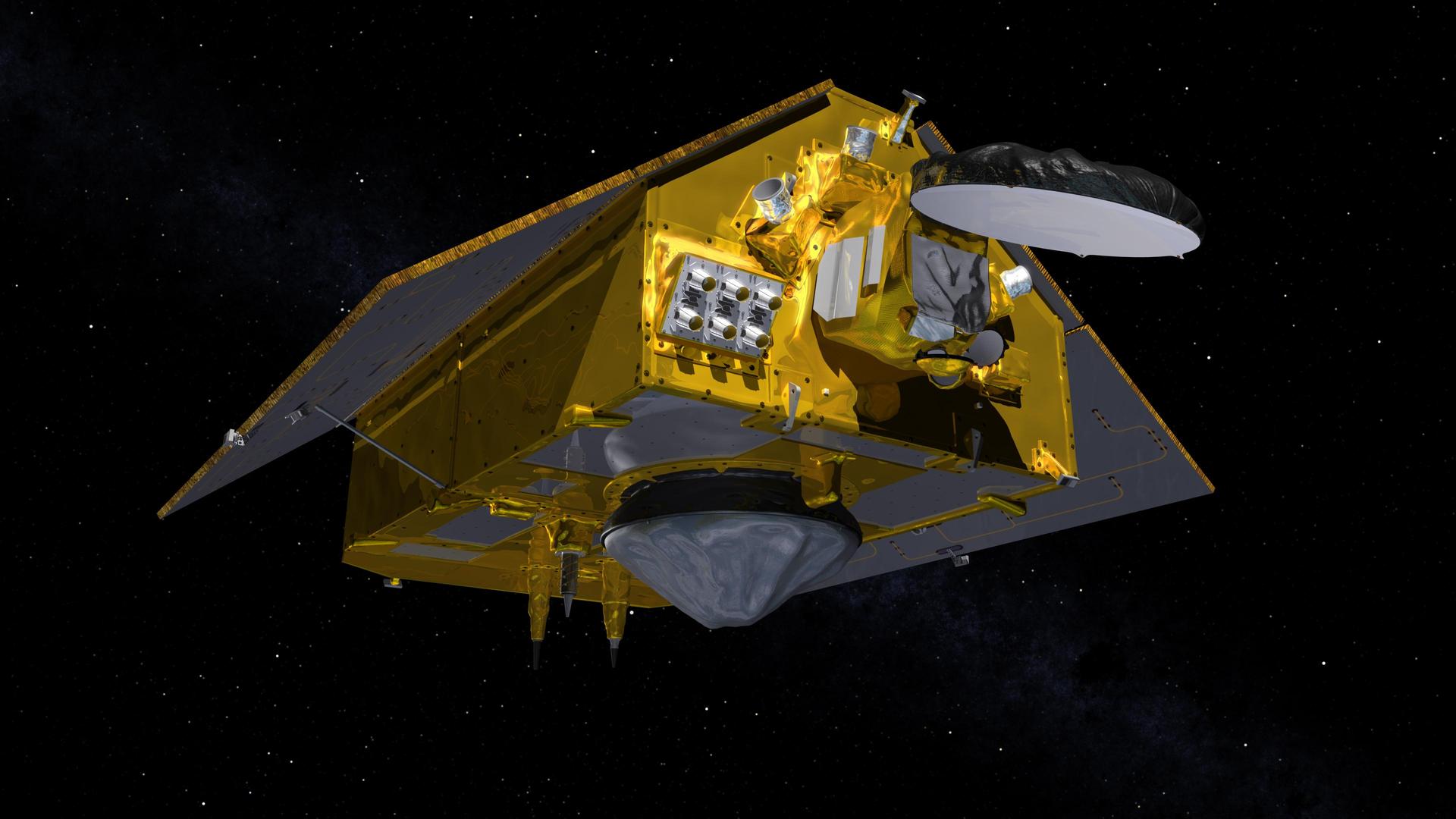Launch Services Program - NASA (original) (raw)
NASA’s Launch Services Program (LSP) is responsible for launching rockets delivering spacecraft that observe the Earth, visit other planets and explore the universe – from weather satellites to telescopes to Mars rovers and more.
LSP functions as a broker, matching spacecraft with the best-suited rockets, managing the launch process, providing support from pre-mission planning to post-launch. LSP helps implement NASA’s policy of a mixed-fleet launch strategy, which uses both existing and emerging domestic launch capabilities to assure access to space.
Learn More about Launch Services Program
Rockets
Firefly Aerospace Alpha
Firefly’s small-lift rocket, Alpha, is equipped to launch more than 1,000 kg to low Earth orbit. Alpha can be launched at Firefly’s launch facilities at the Vandenberg Space Force Base in California and new launch capabilities coming soon at the Mid-Atlantic Regional Spaceport (MARS) on Wallops Island, Virginia as early as 2025.
Launch Sites
Kennedy Space Center
One of two primary launch sites for NASA’s Launch Vehicles.
Located along Florida’s central Atlantic coast between Jacksonville and Miami, our nation’s premiere spaceport is ideal for spacecraft requiring a west-east or equatorial orbit.

ESCAPADE
The two ESCAPADE (Escape and Plasma Acceleration and Dynamics Explorers) spacecraft will study the transfer of solar wind energy and momentum through Mars’ unique hybrid magnetosphere.

IMAP
IMAP (Interstellar Mapping and Acceleration Probe) will help researchers better understand the boundary of the heliosphere, a sort of magnetic bubble surrounding and protecting our solar system.

Sentinel-6B
The second of two identical satellites, with the first launched in 2020 (Sentinel-6 Michael Freilich), Sentinel-6B will ensure continuity of sea level observations into a fourth decade.
Learn More About Launch Services Program
Launch Services Program Awards
View the latest contract award news from Launch Services Program.
Venture-Class Acquisition of Dedicated and Rideshare
Find out how NASA is enabling greater access to space for science and technology missions through the agency’s VADR (Venture-Class Acquisition of Dedicated and Rideshare) contract.
LSP Launch Archive
Check out detailed information about the spacecraft and launch vehicles that have lofted important scientific missions into Earth's orbit and to the outer reaches of our solar system.
LSP YouTube
Watch videos of past Launch Services Program missions.
Media Resources
Learn more about Launch Services Program.
About
CubeSat Launch Initiative
Since its inception, NASA's CubeSat Launch Initiative has launched over 150 CubeSats on more than 40 Educational Launch of Nanosatellites (ELaNa) missions.
NASA’s CubeSat Launch initiative (CSLI) provides low-cost access to space for U.S. educational institutions, informal educational institutions such as museums and science centers, non-profits with an education/outreach component, and NASA centers for early career workforce development. The initiative’s intent is to inspire and develop the next generation of scientists, engineers, and technologists by offering a unique opportunity to conduct scientific research and develop/demonstrate novel technologies in space.
Learn More about CubeSat Launch Initiative

Albert Sierra
Albert Sierra is the program manager of the Launch Services Program at Kennedy.

Jennifer W. Lyons
Jenny Lyons is the deputy program manager of the Launch Services Program at Kennedy.

Tim Dunn
Tim Dunn is senior launch director of the Launch Services Program at Kennedy.
Keep Exploring